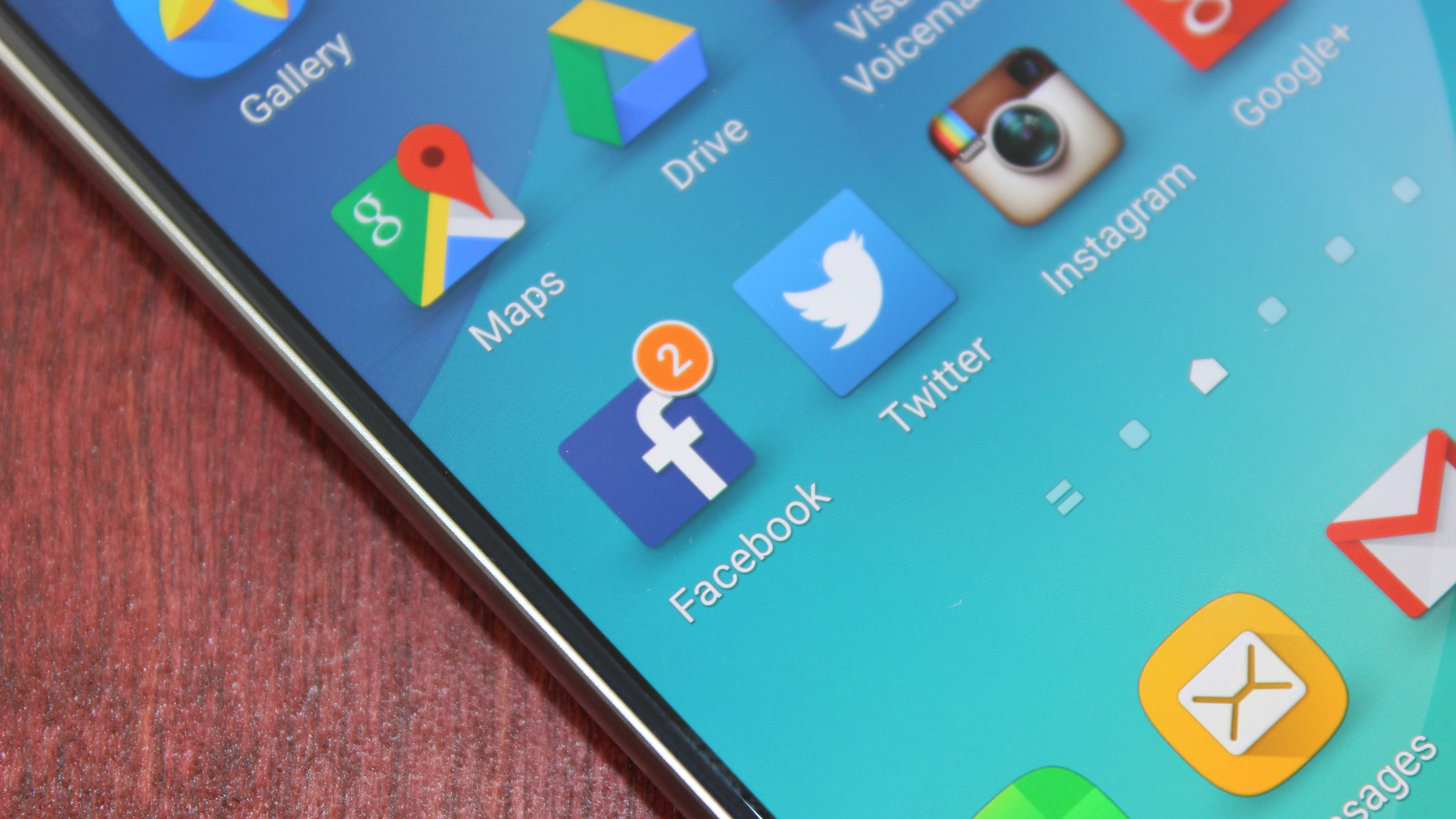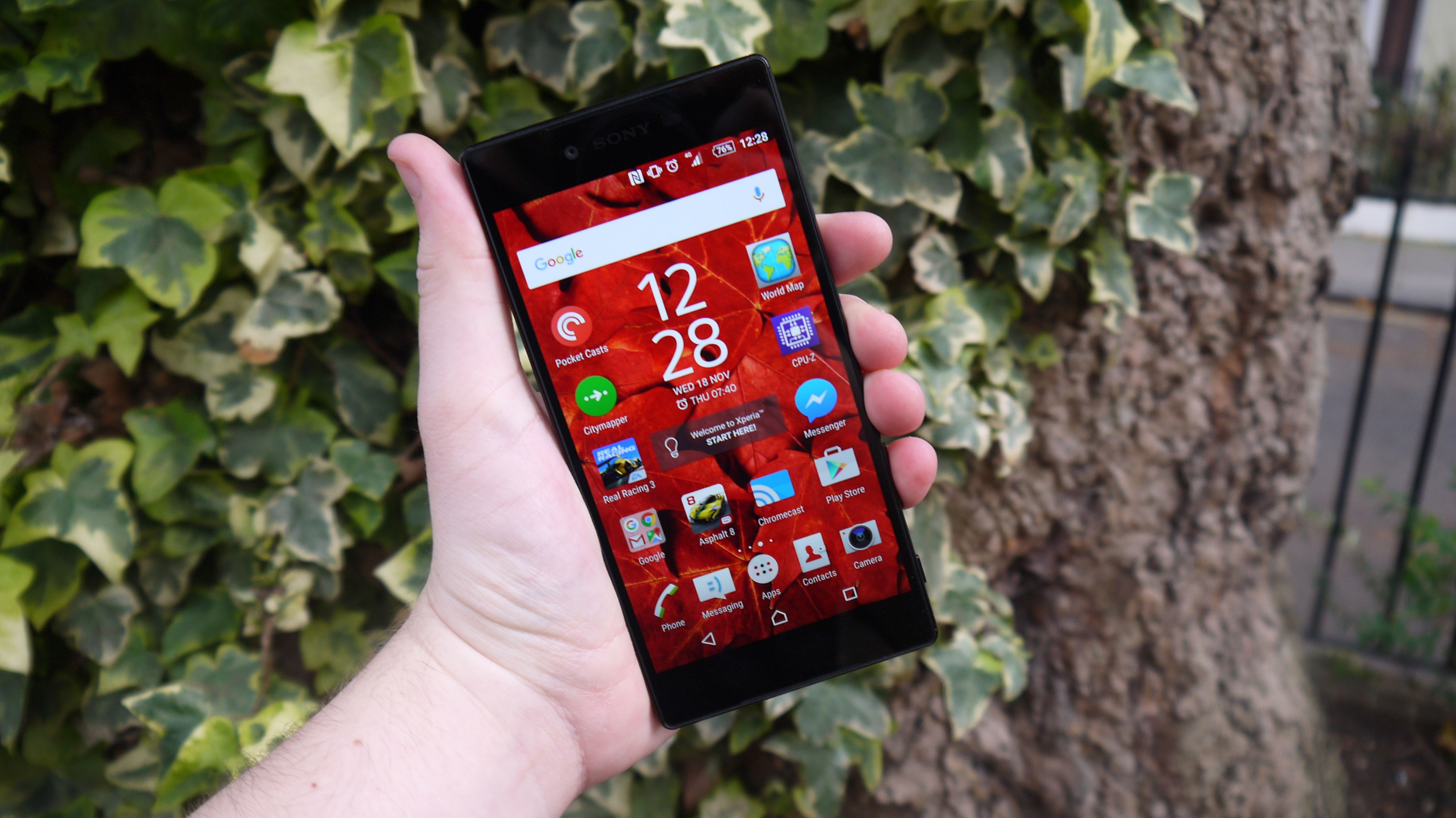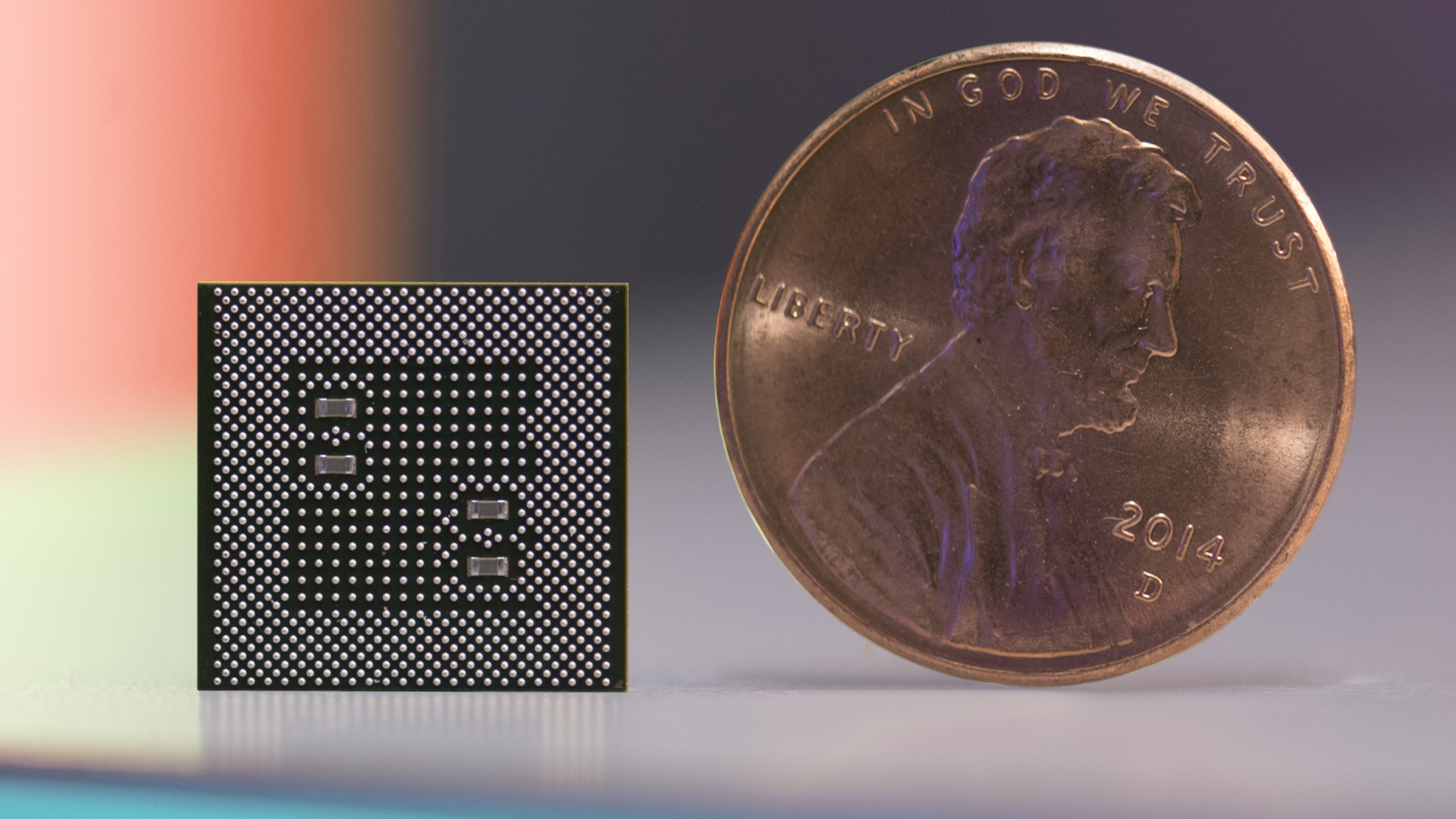Get ready for smartphone screens so incredibly clear that they'll suck you into a new reality and contain more pixels than all of today’s best 4K TVs.
“We’ll see 6K, 8K and beyond” from future smartphone resolutions, envisions Tim Leland, Qualcomm’s vice president of product management. “It’s going to keep going.”
That's an incredible leap in a world where most flagship Android Nougat phones have 2K screens and the iPhone 7 Plus is half of even that resolution, sporting a rather meager 1080p display.
“It’s going to levels I wouldn’t have believed a few years ago,” he admitted.
“These are all steps toward not even photo realism, but optical nerve realism. “It won’t be just in terms of pixels per inch, it’ll also be the width of the color gamut, color accuracy and the brightness of the display.”
Why you need 6K and 8 smartphone displays
You may not think you don’t need such a high resolution screen, right? Wrong, according to Leland – at least if you're keen on seeing virtual reality succeed.

“What’s driving this is that these pixels are a lot closer to your eyes now. You can see the spaces between them.”
In other words, say goodbye to that nasty “screen door effect” in which you can see individual pixels up close. He says people still complain about it when trying VR for the first time.
That's been our experience, too, when testing new Android phones with Samsung Gear VR and Google Daydream. For obvious reasons, the lower resolution iPhone 7 doesn’t have a proper VR resolution.
You won't look back
When a smartphone screen is two inches from you face, pixels stand out, even on 2K displays. It takes a toll on what should be an uncompromised virtual reality experience.

“You just don’t want to go back once you’ve seen it done correctly,” warned Leland.
“Before we saw HDTVs, we thought ‘Who needs it? C’mon, I can see my TV fine.’ Go back. Go back and try to watch some sporting event from the late 90s. It’s almost unwatchable.”
Time traveling even further, he recalled, “when I was a kid, I hated having to watch black and white movies, and now my kids won’t watch anything that’s less than 1080p.”
That threshold going to happen again with HDR-only content as bare minimum, and it’ll happen again further down the line with 4K, 6K and 8K resolutions.
“Every generation is going to keep having a level of minimum acceptance to even deal with that content. It’s kind of human nature. We kind of want to keep moving forward.”
6K and 8K smartphone challenges
Mobile VR is yearning for a 4K screens revolution on smartphones, never mind 6K and 8K screens. But there are tremendous hurdles for such high resolutions.

So far we’ve seen few phones have risen to that spec level – like the Sony Xperia Z5 Premium – and the setbacks are always the same.
Battery life is going to continue to be a major issue on screens that burn twice as many pixels as 2K displays. We saw the same complication when moving from 1080p to 2K smartphones.
Convincing consumers that they need to spend money on higher-resolution screens when 2K displays and even the iPhone look perfectly fine at arm's length is another challenge. They’ll again ask, “Who needs it?”

Qualcomm sees advancements, like its new 10nm Snapdragon 835 chipset and better software, as a key to increasing battery life. More immersive VR features and superior content are said to be the catalyst that will get people to upgrade.
There’s no timeline for 6K and 8K displays and the tantalizing “beyond” on smartphones. But one thing is clear: industry leaders like Qualcomm plan to keep driving us toward technology thresholds we haven’t even imagined yet – and future generations can’t imagine living without.
from TechRadar: Phone and communications news http://www.techradar.com/news/qualcomm-your-future-smartphone-screen-will-push-resolutions-to-6k-8k-and-beyond
No comments:
Post a Comment